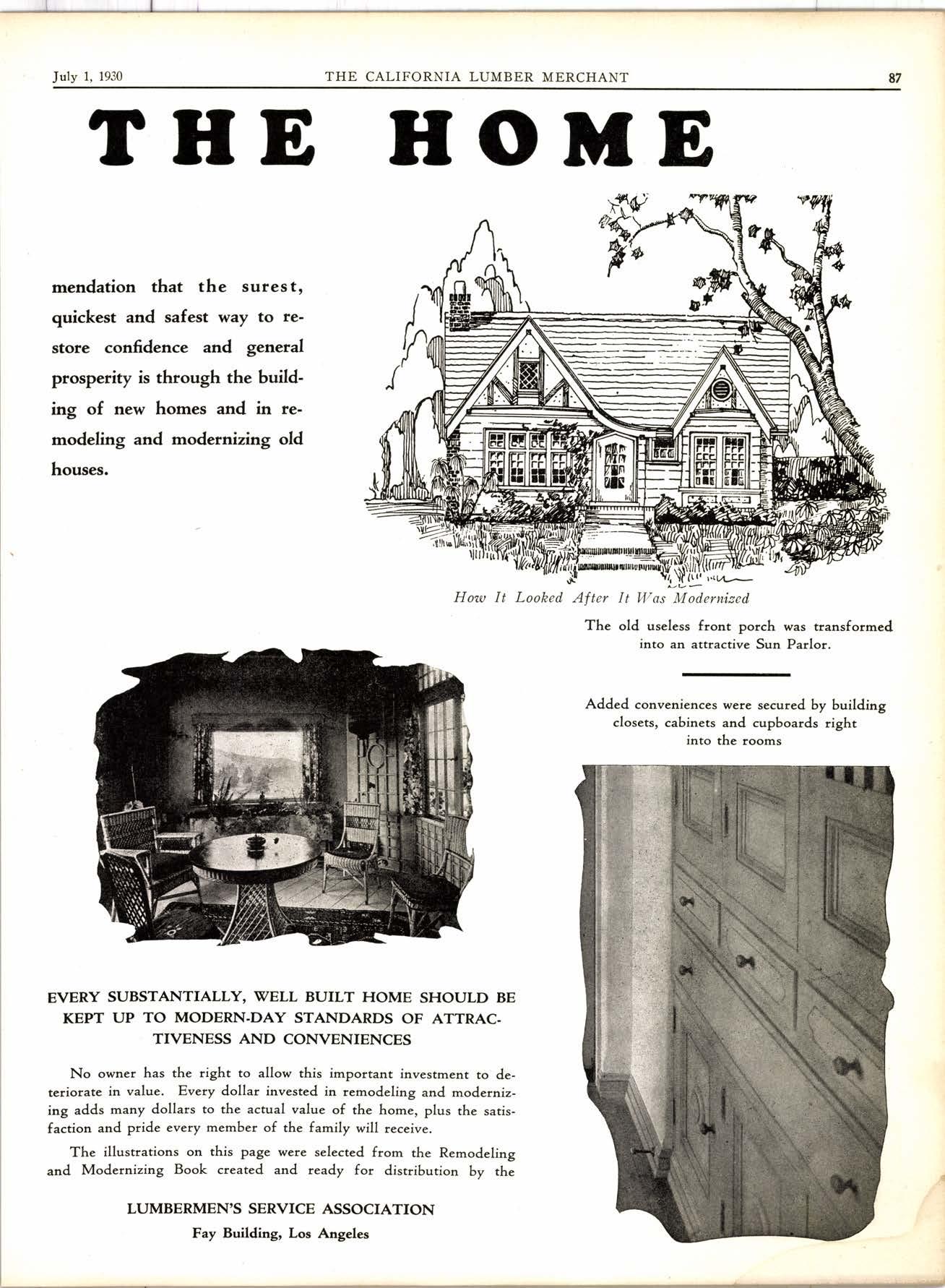
2 minute read
Looking Ahead
ByAlvan T. Simonds, President Simonds Saw & Steel Company
Those who remember the summers of l92l andlg24will 3,4,5,.6, and,7. Industrial production (or business activagree that the darkest hour is- just before the dawn. It is ity) is now in movement ndmber 7. Mottey rates are in true.too that.July is usually the darkest period of the year mbvement number 8, forecastirg " ,r"* ..f. The heavy or lndustrlal produc_ dotted line numbered g tion. In July tiren we Business Savings l9l9-19r2 is the actual movement may. reasonably be ex- roro ro2o lorr t6r, ,6,t t6,. 6,a 16., of money rates, repectlng' soon ro sec the versed, up to date. on rosytintsof thecom- ing day with its in_| creas_edactivity. ber, but we do not a ticipatethatintnro,"tl will be much eloomi w'rbemuchsroomier than was Diecemt l-"t,. It.,is.possible^of I
| course that next De- The hea.oy dotted line is commercial paper rates, New york,.evlrsed. This shows befoie- moagy rates l,!Tb"I.T"y.be. blacker ;;.;";;'ii'i,"tl.irt supply. It is the forecaster, preceding the other business Iac- turned up' This is the tnan ertner but we,d_o tors.in their_cy-clical fluctuations. The heazt_yt solicl line islhe volume--of industrial single exception. The not expect that this prodttction, Federal Reserve Bulletin. The light ilo.tte.d line is wholesale commodity uoriard movement of will be -the case. prices. Guarantv Survey. The light solid line is industrial "*u nilTh.11r.otl; J,".:[ nr,:.f from the rhose who iear that ll',lil,Xo.b'lt;1f;:Jffi?E ff:,'##:;"l"lJ,Hn*:f;,.["..'.::i,Xf" the direction sprlns "! \2?4 to the tne row potnt ot the de- of tho trend and the approximate length of the other lines. The linei on the chart spring of. 1929 is really pression will not be are.comparable only foi direction'and'duration.of trend. They rep-resen-t the short one inajor swing and reached, until the sum- cyclical swings by straightlines connecting cyclical..peaks and cyilical low points. should not be b"roken mer of 1931 are dread- rutnor nuctuarrons are omrtted. into three. ing a development such as has n,ot happened since the war, one in fa,ct that is the rare exception in the annals of American business. Since the war,-peak in 1920, bottom in l92l; peak in 1923, bottom in 1924; peak in 1926, bottom in 1927; peak in 7929, bottom in 1930. This follows the facts of our experience and what they indicate'is ,coming.
The chart shows the short cyclical movement in money rates, in industrial production, in wholesale commodity prices, and in industrial stock prices. First there is a downward movement in each of these four business factors. Each of these first downward movements is numbered 1. This is followed by an upward movement of each of the four factors. These are numbered 2. Similarly notice sets
Hoo Hoo Club No.9
Major Louis La Place, of the State Traffic Patrol, was the speaker of the day at the regular monthly luncheon of the San Francisco Hoo Hoo Club, held at the Elks Club, San Francisco, June'19.
The speaker gave an interesting talk on his experiences in the United States Intelligence Department in France during the World War.
The forecasting line, money rates, reversed, forecasts only the direction of the trend and the approximate length of the other three factors. To determine just when the peak or the low point is to oc'cur, we must look to shorttime forecasters. Notice however that each peak since the war has come at the time ofa seasonal peak, i.e., in the spring or the fall, and each low point at the time of a seasonal low point, i.e.. in midsummer or December. ft seems therefore very likelythat in August business will be on the 'cyclical upgrade; but unexpectedly poor second quarter reports of earnings or a serious political disturbance in the fall might bring the cyclical low point into December.
Hear Talk on Redwood
Lloyd Harris, of the Holmes-Eureka Lumber Co., San Francisco, gave a talk on Redwood, illustrated by motion pictures, showing the operations of the Pacific Lumber Co., before the Exchange Club at Santa Cruz recently. Charles Lawrence, of Wood Bros. Co., Santa Cruz, was chairman of the day.










